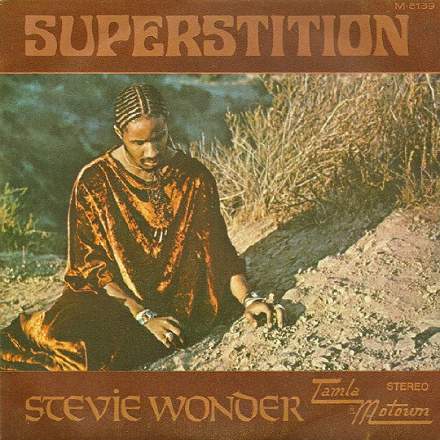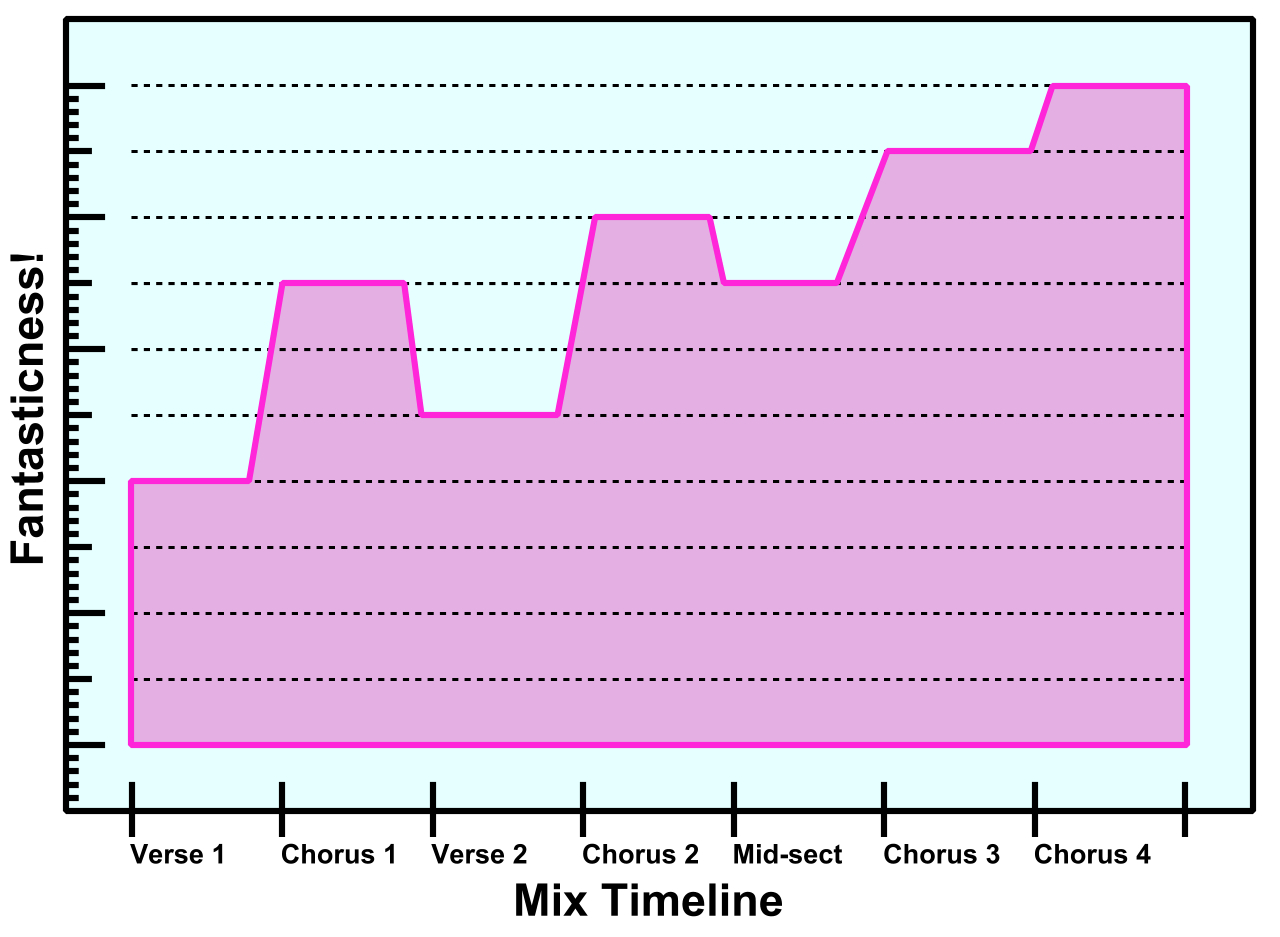
Stevie Wonder’s influence as a vocal stylist has been monumental, and this iconic track is as good a place as any to appreciate that aspect of his wide-ranging musical talent. Even on the very surface there’s so much to marvel at. The speed and accuracy of his runs is simply astonishing, for instance. Remember that this was the early 70s, and while producers of the day were getting pretty nifty at vocal comping via manual punch-ins on tape (Wonder’s engineer Gary Olazabal talks about dropping in single syllables/consonants, for instance, when recording him a few years later in 1976.), there was nothing like the kind of creative/corrective editing that we’ve come to expect these days. And yet the superhuman fluidity and accuracy of Wonder’s run on “suffer” at 2:10 still puts 99% of current modern vocal productions in the shade!
The timbral range he covers is also impressive. Partly this is just a function of his exploring his pitch-register extremes, for example the reedy low tenor Eb that ends his first run on “suffer” at 1:13 and the ragged forced-falsetto of the soprano Eb and Gb at 2:28. But he’s also happy to push his vocals into distortion (eg. “Thirteen” at 3:00) or Satchmo-esque growl (“Super-” at 1:16) for extra emphasis at crucial moments, and casually intersperse his lyric lines with little expressive outbursts such as the humming at 3:03 and 3:18, or the speechy “no, no, no” at 3:34.
In my opinion, though, what really sets this performance apart from its legion of subsequent immitators is the sheer swagger with which he keeps so much of his remarkable virtuosity in reserve at the outset, so that he can continually increase the vocal fireworks to support the overall build-up of the song without ever seeming to run out of extra steam. Plenty of singers over the years have developed technical chops to rival Wonder’s, but vanishingly few can hold a candle to such masterful musical pacing.
But the reason I personally wanted to scrutinise this song further is that it’s one of my very favourite records from a rhythmic perspective – truly a funk work-out for the ages! And the first thing I uncovered was the intuitive way that its tempo profile supports the song’s structure. To explain what I mean, have a look at this little chart I’ve made, which shows the average tempo for each of the song’s eight-bar sections in order.

Firstly, you can see that the tempo rises from the verse, through the prechorus, and into the chorus in each case. But you’ll also notice that there’s a tempo drop into each verse as well, although never quite back to the original speed, which allows each sung verse, prechorus, and chorus can be a touch faster than its preceding iteration, but without the song ever accelerating totally out of control. In other words, this wave-like tempo profile not only adds shorter-term rhythmic urgency as you approach each chorus, but also builds longer-term momentum from each set of verse-prechorus-chorus to the next throughout the whole song.
I’m struck by how strongly this tempo-graph parallels the graph below, which I created years ago for my Mixing Secrets For The Small Studio book to illustrate some principles of long-term mix dynamics.

As with tempo increases, in mixing you’re always having to work within some kind of headroom restriction, so taking a similar wave-like approach to setting the subjective energy/intensity (or ‘Fantasticness’ as labelled on the graph!) of each mix section enables you to create a sense of build-up not only from verse/mid-section to chorus, but also from each verse/chorus iteration to the next through the song’s entire timeline.
But I also feel there’s another parallel between the rhythmic textures in this song and the qualities of a great mix. You see, much of the art of mixing is about contrast. You can’t create a decent sense of depth without including both foreground and background elements, for instance. And you’ll struggle to make any instrument sound truly bright unless you provide something dull in the mix for the listener to reference against. You’re also unlikely to get much subjective power or impact from your loudest mix sections if you don’t make use of softer sections to enhance the sense of dynamic range. In a similar vein, I think what really elevates the groove of this song is the way it contrasts its four-square rhythmic components with syncopations.
Take the song’s signature two-bar clavinet riff, for instance – the one that arrives at 0:10 on the right-hand side of the mix. Each bar alternates between a series of straight eights and a syncopated tail (typically accenting the last 16th note of beat three). Against that, though, is set a second subsidiary clavinet part (which properly enters on the left-hand side of the mix at 0:21) which heavily syncopates against the primary riff’s straight eighths (mostly via chained 3/16th stress-patterns), a model that’s subsquently taken up more rigidly in the prechorus by the bassline and main brass riff. And of course, all of that syncopation complexity is itself contrasted against the methodically pounding quarter-note pulse of the drums (and often the bass too).
And notice how the rhythmic contrasts shift during the first half of each chorus to add variety through the song’s timeline. All of a sudden the more sustained clavinets/brass texture becomes a lot more four-square during the oscillating series of two-beat chord changes, before the drums unleash an elaborate syncopated fill to underpin the song’s hook line – startlingly syncopated, in fact, given how generally straight the drum fills are in the song’s main groove.
But in addition to all this cleverness and complexity, I think the rhythmic feel of the whole project is also elevated immeasurably by being entirely a human performance – it’s another 10 years before the MIDI standard’s even created! And not just any old human performance, either, because everything but the horns was apparently overdubbed by Wonder himself.
Wonder by name…










